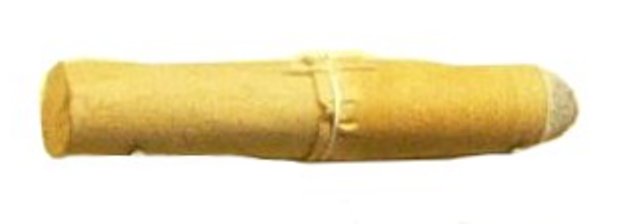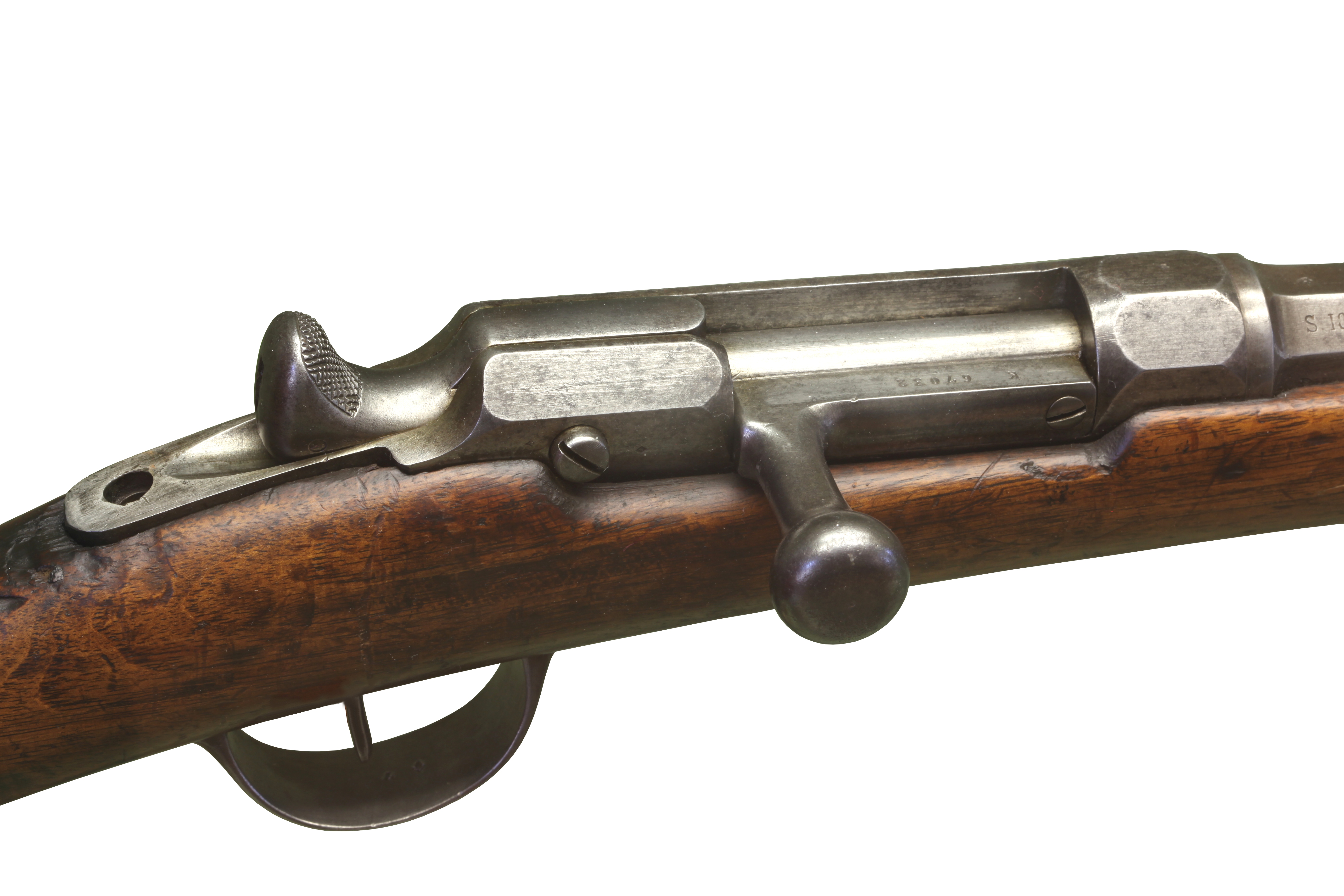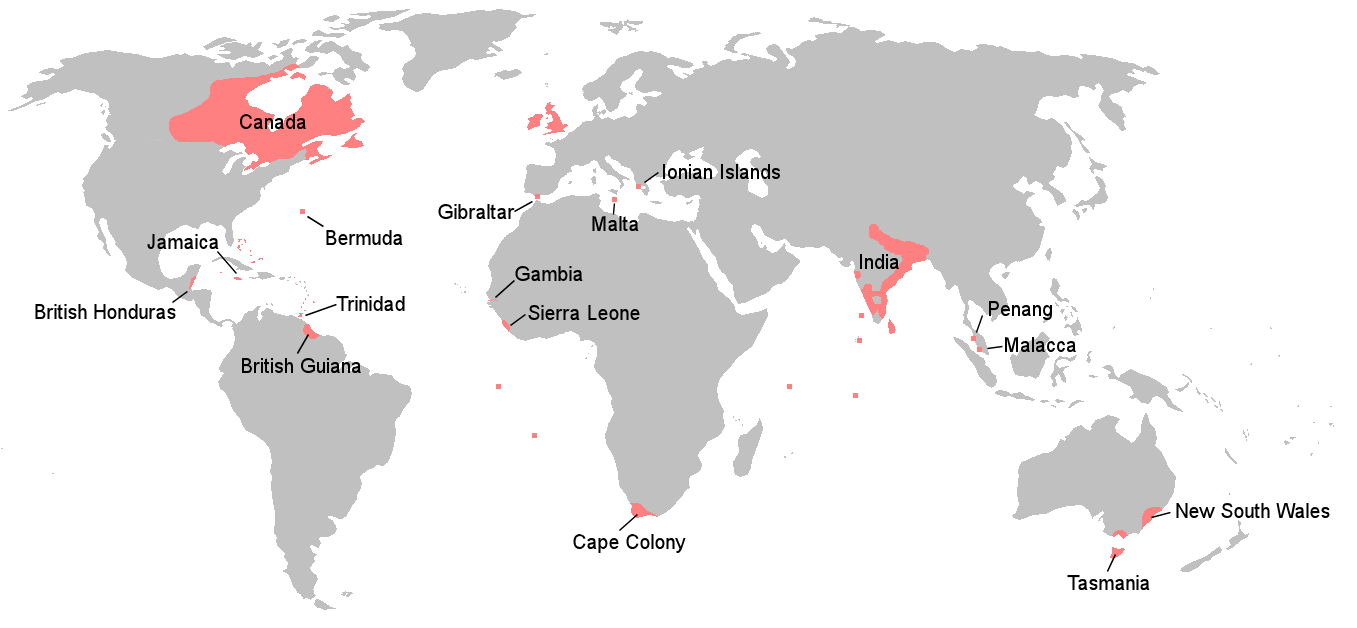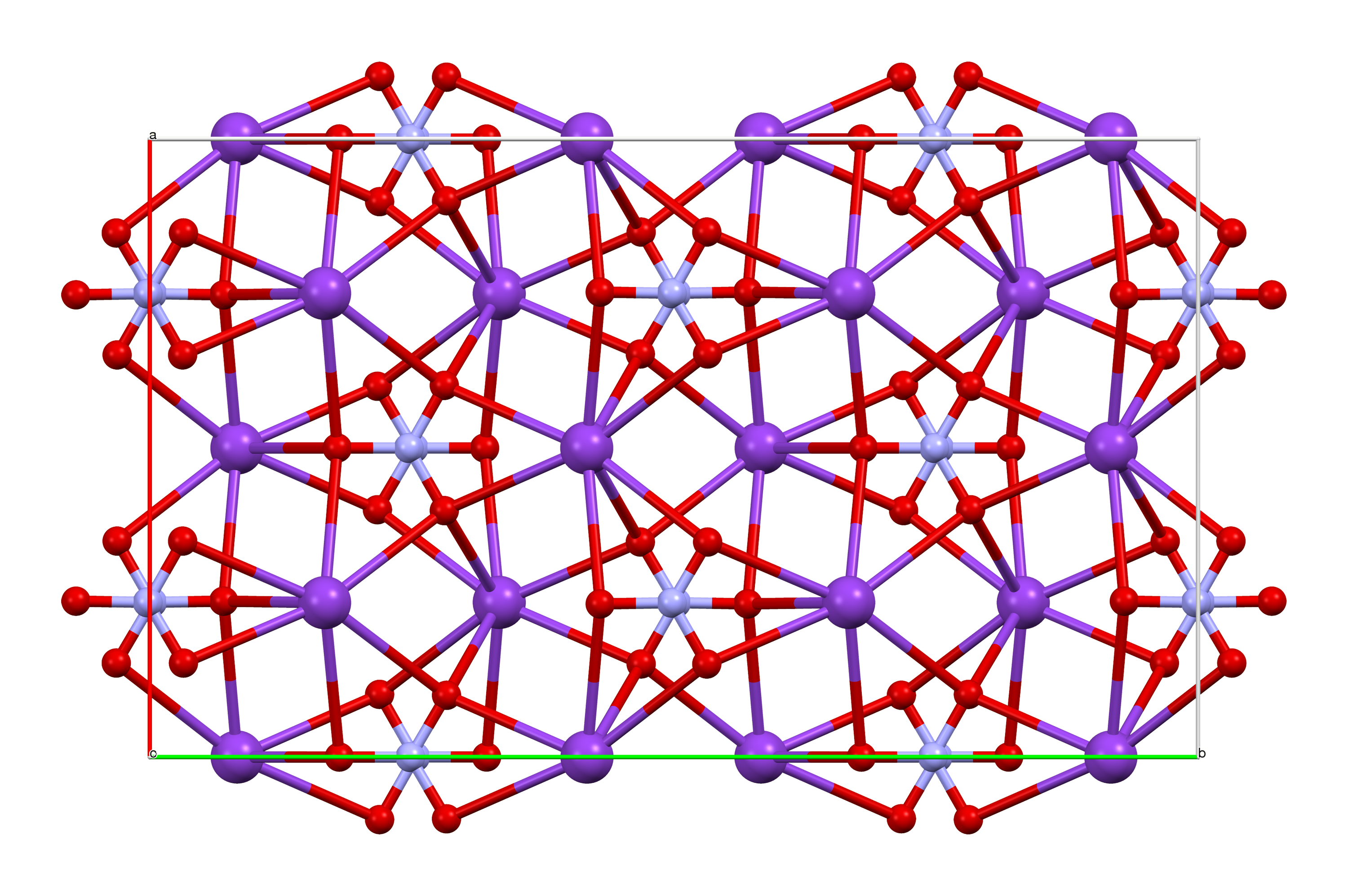|
Paper Cartridge
A paper cartridge is one of various types of small arms ammunition used before the advent of the cartridge (firearms), metallic cartridge. These cartridges consisted of a paper cylinder or cone containing the bullet, gunpowder, and in some cases, a Percussion cap, primer or a lubricant, lubricating and anti-fouling agent. Combustible cartridges are paper cartridges that use paper treated with oxidizers to allow them to burn completely upon ignition. History Paper cartridges have been in use for nearly as long as hand-held firearms, with a number of sources dating their use back to the late 14th century. Historians note their use by soldiers of Christian I, Elector of Saxony, Christian I in 1586, while the Dresden museum has evidence dating their use to 1591, and Capo Bianco writes in 1597 that paper cartridges had long been in use by Neapolitan soldiers. Their use became widespread by the 17th century. The first army to officially use paper cartridges is presumed to be "piechot ... [...More Info...] [...Related Items...] OR: [Wikipedia] [Google] [Baidu] |
Chassepot Paper Cartridge
The Chassepot (pronounced ; ), officially known as , was a Bolt action, bolt-action military Breechloader, breechloading rifle. It is famous for having been the arm of the French forces in the Franco-Prussian War of 1870–1871. It replaced an assortment of Muzzleloader, muzzleloading Minié rifles, many of which were converted in 1864 to breech loading (the Tabatière rifles). An improvement to existing military rifles in 1866, the Chassepot marked the commencement of the era of modern bolt action, breech-loading military rifles. The Fusil Gras mle 1874, Gras rifle was an adaption of the Chassepot designed to fire metallic cartridges introduced in 1874. It was manufactured by (MAS), (MAC), (MAT), and, until 1870, in the in the former Château des Rohan (Mutzig), Château des Rohan. Many were also manufactured under contract in England (the Chassepots delivered to the French Navy), in Belgium (Liege), and in Italy at Brescia (by Glisenti). The approximate number of Chassepo ... [...More Info...] [...Related Items...] OR: [Wikipedia] [Google] [Baidu] |
Sepoy
''Sepoy'' () is a term related to ''sipahi'', denoting professional Indian infantrymen, traditionally armed with a musket, in the armies of the Mughal Empire and the Maratha. In the 18th century, the French East India Company and its European counterparts employed locally recruited soldiers within India, mainly consisting of infantry designated as "sepoys". The largest sepoy force, trained along European lines, served the British East India Company. The term "sipahi" (or sometimes "sepoy") continues in use in the Indian, Pakistan and Nepalese armies, where it denotes the rank of private. Etymology In Persian (Aspa) means horse and Ispahai is also the word for cavalrymen. The term ''sepoy'' is the anglicised form of the Persian word (), meaning the traditional "infantry soldier" in the Mughal Empire. In the Ottoman Empire the term was used to refer to cavalrymen. Historical usage The term ''sepoy'' came into common use in the forces of the British East India Com ... [...More Info...] [...Related Items...] OR: [Wikipedia] [Google] [Baidu] |
Cartridge Paper
Cartridge paper is a type of high-quality heavy paper used for illustration and drawing. The term "cartridge" refers to the history of the paper originally being used for making paper cartridges for early breechloading firearm A firearm is any type of gun that uses an explosive charge and is designed to be readily carried and operated by an individual. The term is legally defined further in different countries (see legal definitions). The first firearms originate ...s. (accessed 23 Oct 2009) See also * Paper boardReferences External links [...More Info...] [...Related Items...] OR: [Wikipedia] [Google] [Baidu] |
Pattern 1853 Enfield
The Enfield Pattern 1853 rifle-musket (also known as the Pattern 1853 Enfield, P53 Enfield, and Enfield rifle-musket) was a .577 calibre Minié-type muzzle-loading rifled musket, used by the British Empire from 1853 to 1867; after which many were replaced in service by the cartridge-loaded Snider–Enfield rifle. History and development The term "rifle-musket" originally referred to muskets with the smooth-bored barrels replaced with rifled barrels. The length of the barrels were unchanged, allowing the weapons to be fired in ranks, since a long rifle was necessary to enable the muzzles of the second rank of soldiers to project beyond the faces of the men in front. The weapon would also be sufficiently long when fitted with a bayonet to be effective against cavalry. Such weapons manufactured with rifled barrels, muzzle loading, single shot, and utilizing the same firing mechanism, also came to be called rifle-muskets. Royal Small Arms Factory developed the Pattern 1853 Enfi ... [...More Info...] [...Related Items...] OR: [Wikipedia] [Google] [Baidu] |
Rifled Musket
A rifled musket, rifle musket, or rifle-musket is a type of firearm made in the mid-19th century. Originally the term referred only to muskets that had been produced as a smoothbore weapon and later had their Gun barrel, barrels replaced with Rifling, rifled barrels. The term later included rifles that directly replaced, and were of the same design overall as, a particular model of smoothbore musket. History and development In the early 19th century, both rifles and muskets were in use. Muskets were smoothbore Muzzleloader, muzzle-loading weapons, firing round lead balls or buck and ball ammunition, that were also designed to accept a bayonet. Rifles were similar in that they used the same kind of flintlock or caplock firing mechanism, but the main difference was that their barrels were rifled – that is, their barrels had grooves cut into the interior surface which would cause the bullet to spin as it left the barrel. Rifles have the advantage of long range accuracy, becau ... [...More Info...] [...Related Items...] OR: [Wikipedia] [Google] [Baidu] |
Springfield Model 1861
The Springfield Model 1861 was a Minié-type rifled musket used by the United States Army during the American Civil War. Commonly referred to as the "Springfield" (after its original place of production, Springfield, Massachusetts). It was the most widely used Union Army shoulder weapon during the Civil War, favored for its range, accuracy, and reliability. Overview The barrel was long, firing a .58 caliber Minié ball, and the total weight was approximately . The Model 1861 had a general effective range of but could reliably hit man-sized targets out to when used by marksmen, and used percussion caps which were much more reliable and weather resistant to fire (rather than the flintlocks of the 18th century; the last U.S. flintlock musket was the Springfield Model 1840). Well-trained troops were able to fire at a rate of three aimed shots per minute while maintaining accuracy up to , though firing distances in the war were often much shorter. The most notable difference ... [...More Info...] [...Related Items...] OR: [Wikipedia] [Google] [Baidu] |
Cartridge (firearms)
A cartridge, also known as a round, is a type of pre-assembled firearm ammunition packaging a projectile ( bullet, shot, or slug), a propellant substance ( smokeless powder, black powder substitute, or black powder) and an ignition device ( primer) within a metallic, paper, or plastic case that is precisely made to fit within the barrel chamber of a breechloading gun, for convenient transportation and handling during shooting. Although in popular usage the term "bullet" is often used to refer to a complete cartridge, the correct usage only refers to the projectile. Military and commercial producers continue to pursue the goal of caseless ammunition. Some artillery ammunition uses the same cartridge concept as found in small arms. In other cases, the artillery shell is separate from the propellant charge. A cartridge without a projectile is called a '' blank''; one that is completely inert (contains no active primer and no propellant) is called a '' dummy''; one that ... [...More Info...] [...Related Items...] OR: [Wikipedia] [Google] [Baidu] |
American Civil War
The American Civil War (April 12, 1861May 26, 1865; also known by Names of the American Civil War, other names) was a civil war in the United States between the Union (American Civil War), Union ("the North") and the Confederate States of America, Confederacy ("the South"), which was formed in 1861 by U.S. state, states that had Secession in the United States, seceded from the Union. The Origins of the American Civil War, central conflict leading to war was a dispute over whether Slavery in the United States, slavery should be permitted to expand into the western territories, leading to more slave states, or be prohibited from doing so, which many believed would place slavery on a course of ultimate extinction. Timeline of events leading to the American Civil War, Decades of controversy over slavery came to a head when Abraham Lincoln, who opposed slavery's expansion, won the 1860 presidential election. Seven Southern slave states responded to Lincoln's victory by seceding f ... [...More Info...] [...Related Items...] OR: [Wikipedia] [Google] [Baidu] |
Napoleonic Wars
{{Infobox military conflict , conflict = Napoleonic Wars , partof = the French Revolutionary and Napoleonic Wars , image = Napoleonic Wars (revision).jpg , caption = Left to right, top to bottom:Battles of Battle of Austerlitz, Austerlitz, Fall of Berlin (1806), Berlin, Battle of Friedland, Friedland, Battle of Aspern-Essling, Aspern-Essling, French occupation of Moscow, Moscow, Battle of Leipzig, Leipzig and Battle of Paris (1814), Paris , date = {{start and end dates, 1803, 5, 18, 1815, 11, 20, df=yes({{Age in years, months, weeks and days, month1=05, day1=18, year1=1803, month2=11, day2=20, year2=1815) , place = Atlantic Ocean, Caucasus, Europe, French Guiana, Mediterranean Sea, North Sea, West Indies, Ottoman Egypt, Egypt, East Indies. , result = Coalition victory , combatant1 = Coalition forces of the Napoleonic Wars, Coalition forces:{{flagcountry, United Kingdom of Great Britain and ... [...More Info...] [...Related Items...] OR: [Wikipedia] [Google] [Baidu] |
Potassium Nitrate
Potassium nitrate is a chemical compound with a sharp, salty, bitter taste and the chemical formula . It is a potassium salt of nitric acid. This salt consists of potassium cations and nitrate anions , and is therefore an alkali metal nitrate. It occurs in nature as a mineral, niter (or ''nitre'' outside the United States). It is a source of nitrogen, and nitrogen was named after niter. Potassium nitrate is one of several nitrogen-containing compounds collectively referred to as saltpetre (or saltpeter in the United States). Major uses of potassium nitrate are in fertilizers, tree stump removal, rocket propellants and fireworks. It is one of the major constituents of traditional gunpowder (black powder). In processed meats, potassium nitrate reacts with hemoglobin and myoglobin generating a red color. Etymology Nitre, or potassium nitrate, because of its early and global use and production, has many names. As for nitrate, Egyptian and Hebrew words for it had the ... [...More Info...] [...Related Items...] OR: [Wikipedia] [Google] [Baidu] |
Revolver
A revolver is a repeating handgun with at least one barrel and a revolving cylinder containing multiple chambers (each holding a single cartridge) for firing. Because most revolver models hold six cartridges before needing to be reloaded, revolvers are commonly called six shooters or sixguns. Due to their rotating cylinder mechanism, they may also be called wheel guns. Before firing, cocking the revolver's hammer partially rotates the cylinder, indexing one of the cylinder chambers into alignment with the barrel, allowing the bullet to be fired through the bore. By sequentially rotating through each chamber, the revolver allows the user to fire multiple times until having to reload the gun, unlike older single-shot firearms that had to be reloaded after each shot. The hammer cocking in nearly all revolvers is manually driven and can be cocked either by the user using the thumb to directly pull back the hammer (as in single-action), or via internal linkage relaying t ... [...More Info...] [...Related Items...] OR: [Wikipedia] [Google] [Baidu] |
Buck And Ball
Buck and ball was a common load for muzzle-loading muskets, and was frequently used in the American Revolutionary War and into the early days of the American Civil War. The load usually consisted of a .50 to .75 caliber round lead musket ball that was combined with three to six buckshot pellets. Construction By the 1840s, buck and ball was issued in prepared paper cartridges that combined the projectiles with the black powder propellant charge to facilitate rapid loading of the weapon. Like any other paper cartridge, the rear of the cartridge would be torn open to expose the powder, which would be loaded, and the remaining paper, ball, and buckshot would be rammed down on top. Purpose The intent of the buck and ball load was to combine the devastating impact of a .50 to .75 caliber ball with the spreading pattern of a shotgun. The combination served to greatly improve the hit probability of the smoothbore musket. In combat, especially at closer ranges, the buckshot would ... [...More Info...] [...Related Items...] OR: [Wikipedia] [Google] [Baidu] |







